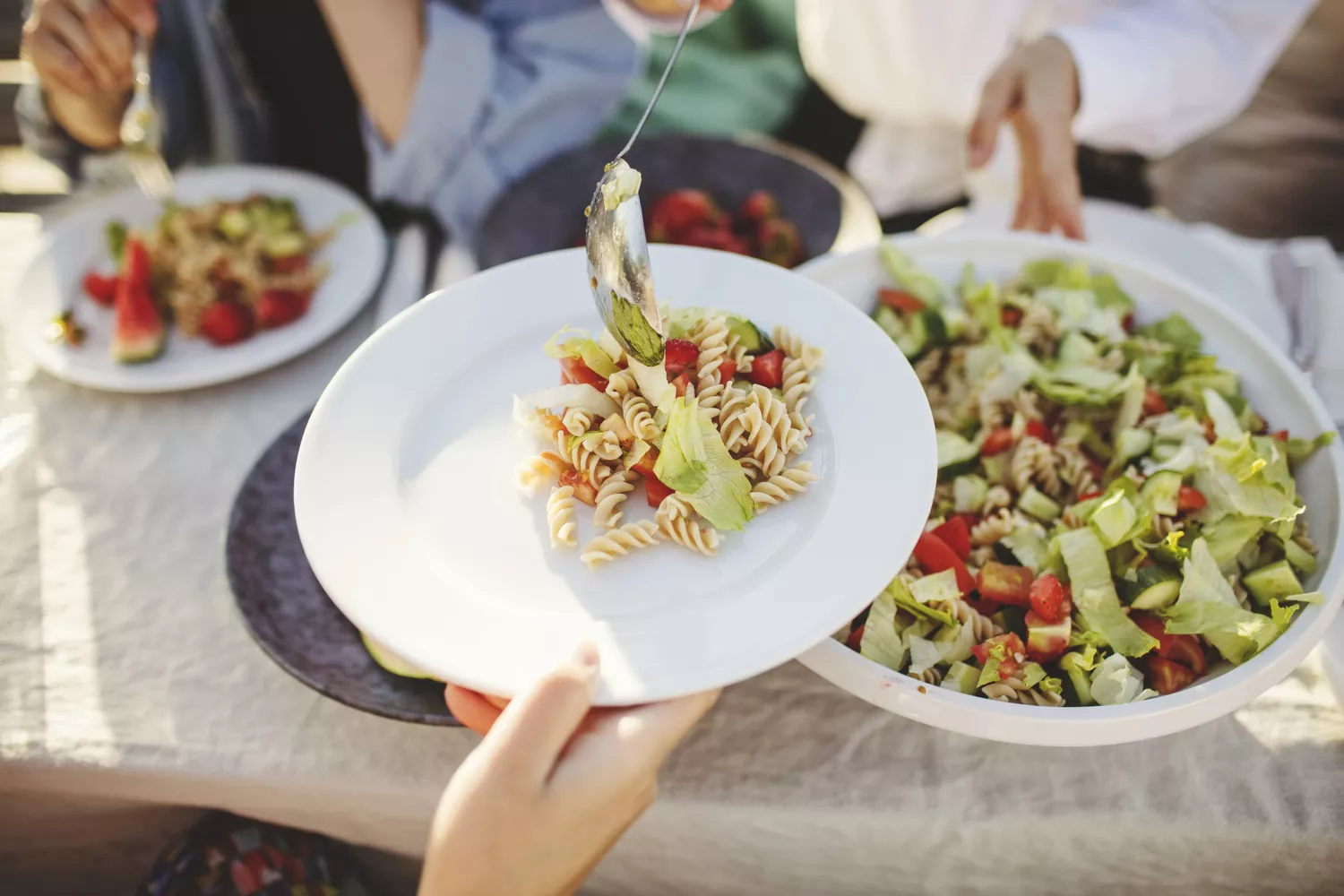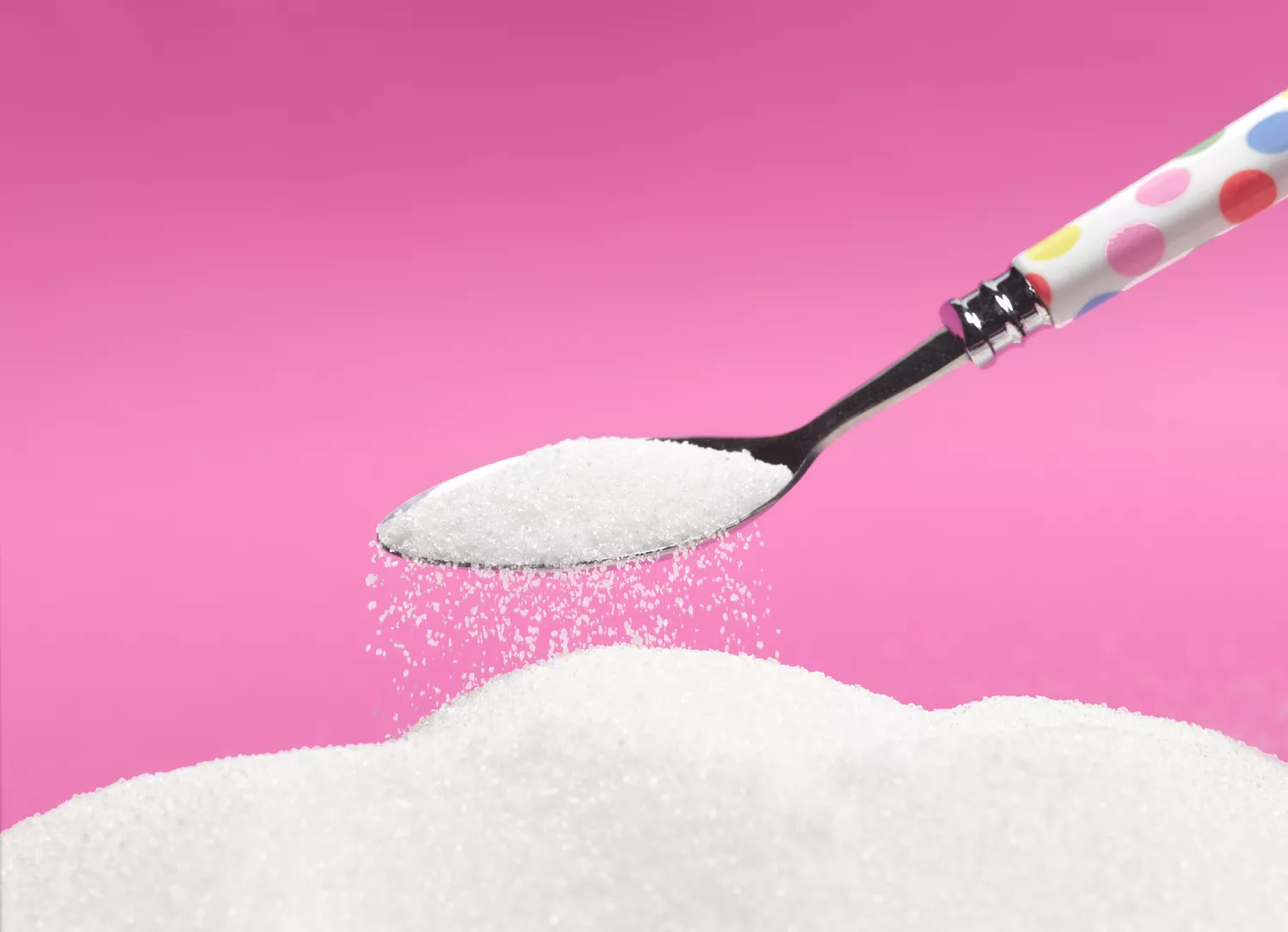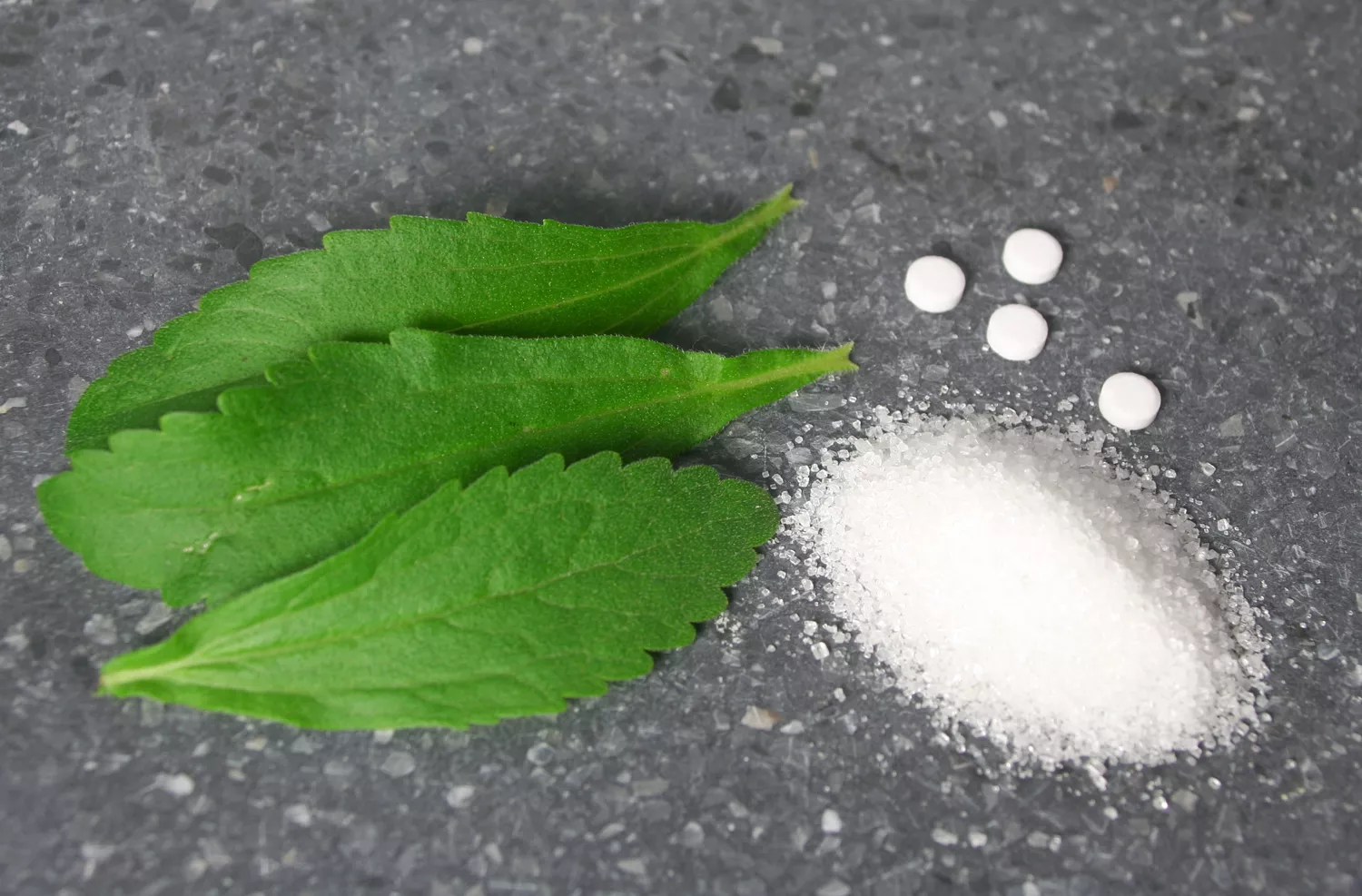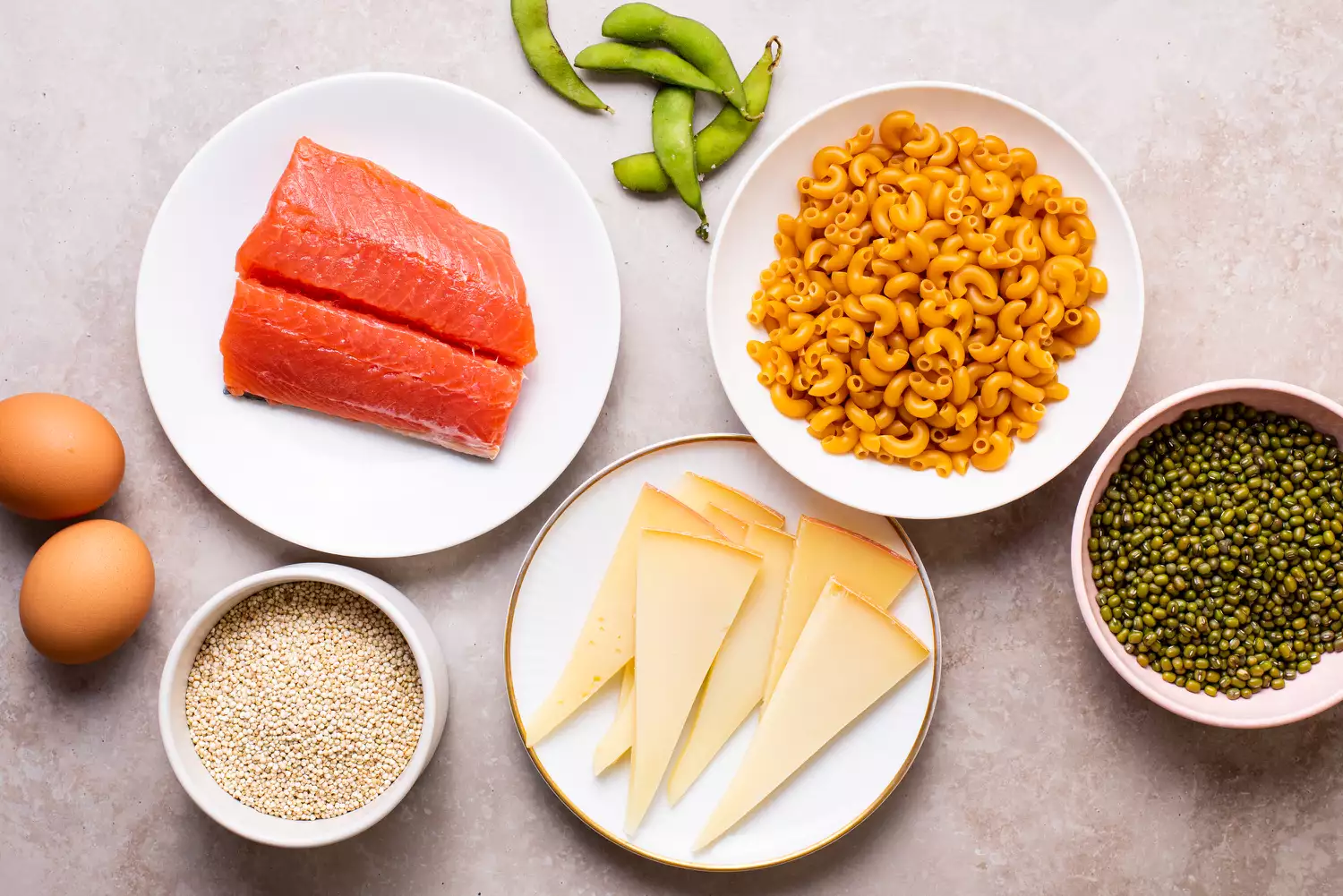Layering up your food usually seems like a shot in the dark– particularly identifying how much to put on your plate. What’s even more, dinner plates have actually gotten bigger and the ideal section of food is not always clear. So, it’s very easy to see why part confusion is a trouble today.
But understanding offering dimensions is important for guaranteeing you’re sustaining appropriately, eating adequate calories, and managing your body weight. Here is what you need to find out about offering sizes including exactly how to identify the correct amount for you.
The Importance of Offering Sizes
The serving size on food labels informs the consumer the nutritional material of its materials. You can obtain a good deal of information from a food tag, including the amount of calories remain in the food, healthy protein, carbs, fiber, sugar, and fat– basically all you require to know about the nutrients you’ll obtain if you consume a portion of the food.
Why Does This Matter?
The amount of food you consume directly affects your mental, physical, and psychological wellness. Consume too much and you can get sick or put on weight. Consume too few calories and you take the chance of deficiencies, weight management, exhaustion, binge consuming, and injury.
Translating the serving size on food tags to the serving on your plate puts you in control of how much you consume and helps ensure you have the ability to reach your day-to-day nutrient needs. It also permits you to make an educated decision and make a decision whether you want to eat more than the recommended serving or save the rest for later.
Think of it. 16-ounce bottles of soda are in fact two servings, yet many people consume the whole point. Consequently, they’re having two servings. The tag plainly states the number of calories and sugar you would certainly get for consuming one serving, so if you drink the whole bottle, you need to double it.
Specifying an Offering Size
A serving size refers to a typical dimension that stands for a details quantity of food or drink, such as 2 tablespoons of peanut butter or 8 ounces of milk. Serving dimensions are produced by government companies and industry criteria, typically based on normal consumption patterns.
In the USA, recommended offering dimensions are not mandatory. Nevertheless, food labels need to consist of a serving size. Without the offering size on food labels, the ordinary individual would certainly not be able to figure out the nutritional material of their chosen food.1.

However, offering dimension stays one of one of the most confusing components of the food label for consumers. Without set criteria, food manufacturers can present any kind of serving size they would certainly like. Making use of a smaller serving size can create a false feeling of a food being more healthy– or providing it a health halo– leading customers to believe the food has less calories, salt, or hydrogenated fat than comparable foodstuff. This brings about a sensation known as part distortion, where people wind up eating greater than what the tag means without realizing it.1 Note that this can take place for more healthy foods as well. Maybe you enjoy whole grain cereal or granola however do not recognize a part is 1/3 mug and you consume 2 mugs. This would certainly be 5 additional portions, and likely a lot more than you meant to eat from a calorie perspective.
Reviewing Nourishment Labels.
Recognizing how to review a nutrition label is vital for making healthy selections when shopping for food. Nourishment tags supply a wealth of useful information within your reaches.2.
Lots of people check out complete calories and carbohydrates initially. While this information is valuable, it’s not always what should lead your food selections. Rather, check out all aspects of the food label to completely comprehend what you’re eating.2.
Start on top with the serving dimension. This info will tell you how much you will certainly need to consume to take in the nutrients in the food. It is very important to be able to envision how much food remains in an offered serving dimension. If an offering is as well little, you will certainly not feel full and satisfied.
From there you can proceed down the tag. The complete calories inform you the amount of calories are in one offering dimension. Macronutrients are listed adhering to calories. It’s the macronutrients that contribute calories to the food. The total fat, carbohydrates, and healthy protein web content of a food are provided within that offering size. If you eat greater than a serving dimension, you’re eating much more calories, fats, carbohydrates, and protein than what is provided on the tag.
Because lots of people appreciate a sufficient portion of a provided food, comparing tags for offering dimensions is very important. As an example, it’s easy to over-pour when serving on your own a bowl of cereal. If that holds true, try to find a cereal with a larger portion dimension so that you know the nutrition offered in that bigger dish.
If your favorite cereal is a 3/4 mug offering dimension and you typically don’t really feel full and satisfied, you may be much better off choosing one that has a 1 1/4 cup offering size yet provides similar nutritional benefits. Knowing exactly how to review a food tag can help you make healthier food options that fulfill your choices and nutritional demands.3.
Common Offering Size Examples.
You’ll observe on food labels that similar foods commonly have the exact same or comparable serving dimension. This can make things simpler for you when portioning active ingredients for dishes and snacks. Below are some typical serving size examples:456.
Grains.
Rice (cooked) – 1 mug.
Oat meal (dry) – 1/3 cup.
Pasta or noodles (dry) – 2 ounces.
Quinoa (cooked) – 1 cup.
Bread – 2 slices.
Grain – 3/4 cup.
Granola – 1/4 mug.
Healthy proteins.
Chicken breast – 3 ounces.
Eggs – 1 large.
Egg whites – 1 big.
Fish or shellfish – 3 ounces.
Tofu – 3/4 cup.
Lean meat – 3 ounces.
Fruits.
Apple – 1 big.
Avocado – 1/5 or 1.1 ounces.
Banana – 1 tool.
Cantaloupe – 1/4 tool or 4.8 ounces.
Grapes – 3/4 mug.
Watermelon – 2 cups.
Pineapple – 2 pieces.
Strawberries – 8 medium.
Vegetables.
Potatoes – 3/4 mug.
Legumes – 3/4 cup.
Beans – 3/4 mug.
Carrots – 1/4 cup.
Asparagus – 5 spears.
Lettuce – 1 1/2 cups.
Wonderful potato – 1 medium.
Milk Products.
Milk – 8 ounces.
Chopped cheese – 1 piece or 2 ounces.
Yogurt – 2/3 cup.
Home cheese – 1/2 cup.
Cubed cheese – 2 ounces.
Shredded cheese – 1/4 cup.
Cream cheese – 1 tbsp.
Half-n-half – 2 tbsps.
Sour cream – 2 tbsps.
Fats.
Peanut butter – 2 tbsps.
Almond butter – 2 tablespoons.
Olive oil – 1 tbsp.
Butter – 1 tablespoon.
Margarine – 1 tablespoon.
Nuts – 1 ounce.
Seeds – 1 ounce.
Mayonnaise – 1 tablespoon.
Salad dressings – 2 tbsps.
Readjusting Serving Sizes for Specific Demands.
Offering sizes on food labels are based upon a 2,000-calorie diet regimen. While this benefits a general populace, every body is different and modifications should be made for those that require a larger or smaller section dimension. Age, sex, task level, and particular nutritional requirements all aspect into whether or not somebody requires a various offering dimension.
Youngsters, for instance, may require a smaller offering size, while professional athletes require even more calories. Males and women may also require different offering dimensions.
The quantity of calories and macronutrients you require is what establishes your private serving dimensions. Use a calorie calculator to identify your daily calorie needs. This is a wonderful place to begin when functioning to comprehend your very own specific serving size requirements.
Strategies for Section Control.
Occasionally sections are much bigger than they need to be. Restaurants and families in some cases serve more than the human body demands in one meal or treat. The good news is, there are methods to rein it back in, below’s how:.
Identify the advised offering size. Make use of the food label to discover the real offering dimension of a particular food.
Usage measuring cups and spoons to portion out food. This will help you stop over- or under-scooping.
Procedure your parts for one week. Doing so will give you a better aesthetic understanding of how much to serve on your own. You do not need to determine permanently, though. As soon as you understand what a serving size resembles, you can eyeball it from there.
Use hand symbols. Hand icons are a great means to portion food without using determining mugs or spoons. An offering of healthy protein has to do with the dimension of the palm of your hand and a serving of carbs has to do with the dimension of your fist. On the other hand, an offering of cheese or peanut butter is the size of your thumb and a serving of oil or sugar is your thumb tip. For chips and crackers, 2 handfuls would be thought about a serving.
Use your plate as an overview. Make half your plate fruits and/or veggies while 1/3 of your plate ought to be healthy protein. The remaining 1/3 is carbohydrates.
Consume without distractions. Serve yourself a meal or snack, after that go sit down and appreciate it without tv or other diversions.
Concentrate on hunger and volume cues. Just because your plate is full, doesn’t indicate you have to consume all of it. Be intentional and conscious about eating. Prevent consuming also quickly so you can tune right into your fullness and quit when you’re done.
Eat often throughout the day. Going as well long without consuming will leave you really feeling ferocious. By the time you get to the food, you’re most likely to make bad choices or eat way too much.
Your relationship with food additionally plays a big duty in how much you eat in one sitting. If you have a bad partnership with food, you’ll be more probable to limit your consuming and locate yourself on a binge. If this is something you deal with, a signed up dietitian or psychological health expert can aid you deal with your relationship with food.
Stabilizing home plate.
Developing well balanced meals and treats is important to maintain you complete and completely satisfied. Cutting corners out on any kind of one food or food team will certainly leave you really feeling unhappy and seeking even more food soon after.
Stabilizing home plate means including a proper section of protein, carbohydrates, fats, fruits, and/or vegetables with each meal or snack. You can utilize nourishment labels to establish section dimensions and change based on your own calorie requirements.
To build your balanced plate, make half home plate fruits or veggies, 1/4 of the plate protein, and 1/4 of the plate carbohydrates. You can likewise try utilizing the 1/3 guideline, which is 1/3 of the plate is healthy protein, 1/3 of the plate is carbohydrates, and the continuing to be 1/3 is fruits and vegetables. Bear in mind to make use of nutritional fat when food preparation or as needed as a condiment.
To ensure you’re consuming nutrient-dense foods, concentrate on fiber, fat, and healthy protein. Specific carbohydrates, fruits, and veggies are abundant in nutritional fiber, which will help you remain full and pleased for longer.7 Lean healthy protein is necessary for managing weight and supplying contentment after a meal.8 And, dietary fat aids with vitamin absorption and boosts fullness after a dish.9.


